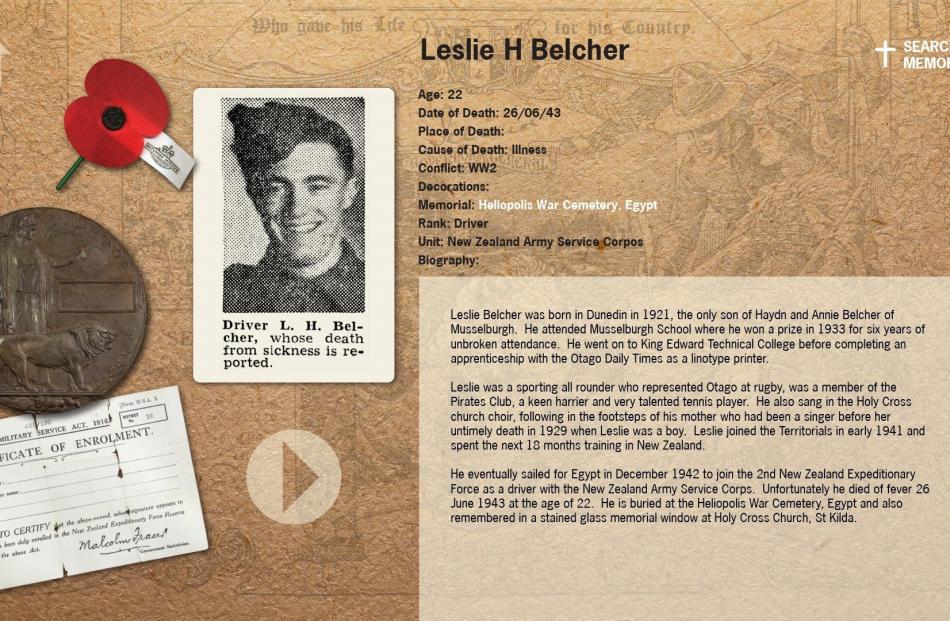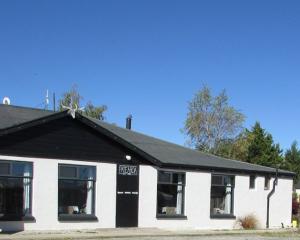Recording Dunedin’s losses in war is a work in progress, Sean Brosnahan writes.
Twenty years ago, the then Otago Settlers Museum began collating a roll of Dunedin’s fallen for an exhibition to mark the 50th anniversary of the end of World War 2.

Dunedin is well served by war memorials and rolls of honour, some of them (like the Soldiers’ Memorial on Otago Peninsula) among the most spectacular in the country.
These were developed as local community efforts, usually by schools, churches or other organisations, to commemorate a particular set of veterans or fallen. Nowhere was that information ever collated together for the city as a whole. However, following our commemoration of World War 2, we decided to press on and develop just such a roll of honour, encompassing all of Dunedin’s fallen from every war. Originally this was displayed on temporary banners and put out for annual Anzac Day commemorations.
From 2012, it became a permanent display feature in the redeveloped Toitū Otago Settlers Museum.
Identifying all of the fallen with Dunedin connections has been a challenge. Most of the people listed were born or grew up in Dunedin. Some worked or went to school or university here. ‘‘Dunedin’’ for this purpose is defined as the greater modern city area, including settlements such as Waikouaiti and Outram, and the rural areas now within the city boundaries, such as Otago Peninsula and the Taieri. We have included the names listed on all the existing public war memorials in greater Dunedin, even when the link to the city is not obvious, although we also corrected names and excluded some that were erroneous. For the most part, however, we have erred on the side of listing anyone with a demonstrable link to Dunedin, including those who gave a Dunedin address for their official ‘‘next-of-kin’’.
When first displayed in 2012, the roll had just over 2600 names on it. In the succeeding years we have steadily added to their number, scouring a wide range of sources and getting feedback from visitors to identify people we had missed.
On Armistice Day (November 11) 2024 we will unveil an updated replacement to the roll containing 3179 names. As an adjunct feature, there is also a new digital interactive display that includes further details on each casualty, a portrait where we have one, and an image of the cemetery they are buried or commemorated in. There are 589 such cemeteries or memorials in our database spread across 44 countries, compelling evidence of the worldwide extent of Dunedin citizens’ war service.
The next stage in this long-term project is adding full biographical profiles of every person on the roll. A good start has been made on this, with profiles completed for the 36 who died at the Boer War or in the 20th-century conflicts in Korea, Malaya and Vietnam. Work is now progressing on the biggest group of all, those who fell in World War 1. More than 600 profiles have been written so far for the 2102 names from that conflict. Constructing biographies has its own challenges, of course. Most of those who died were young men, their lives only really beginning. Personal details are often scanty but combined with a record of their wartime careers, their deaths can be set in the context of the military actions or illnesses and accidents that cost them their lives. Corrections and amendments will be welcome, especially contributing photographs where we don’t have one, so that the roll stands as a fitting tribute to all those Dunedin people who made the ultimate sacrifice.

















